Our Manila city guide offers a glimpse into the heart of the Philippines, a metropolis rich in history and modernity. Manila, the capital city, is a blend of colonial architecture, busy streets, and contemporary attractions. With a history shaped by Spanish and American influences, Manila presents both old-world charm and cutting-edge developments. The variety of museums, parks, and attractions reflects Manila’s diverse culture. From historical landmarks such as Rizal Park to the modern skyline of Makati, Manila never fails to impress.
Location
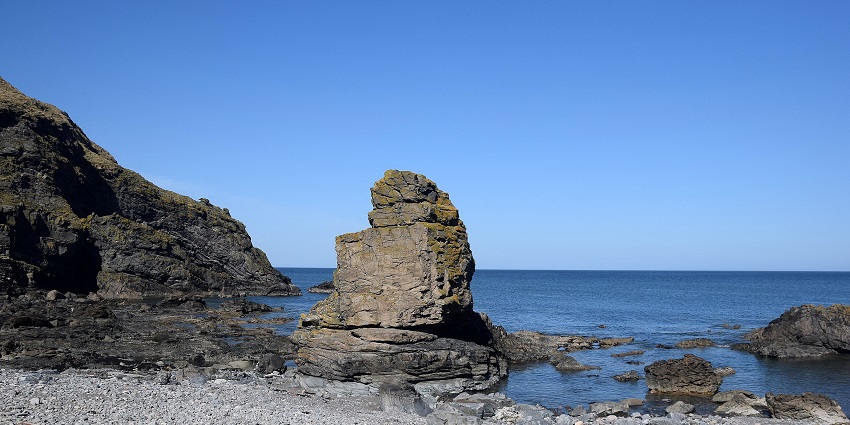
Photo: Bill Harrison / Wikimedia Commons / Image For Representation Only
Located along the western shore of Manila Bay, the Manila city guide will show you the best of this coastal city. As the capital of the Philippines, it is a melting pot of diverse cultures and traditions. Manila serves as the country’s political, economic, social, and cultural hub. With its strategic location, the city offers amazing views of the bay and is within easy reach of various other attractions. Manila is the gateway to the country’s many islands, beaches, and provinces, making it a central point for urban life.
Suggested Read: Places To Visit In Manila
How To Reach
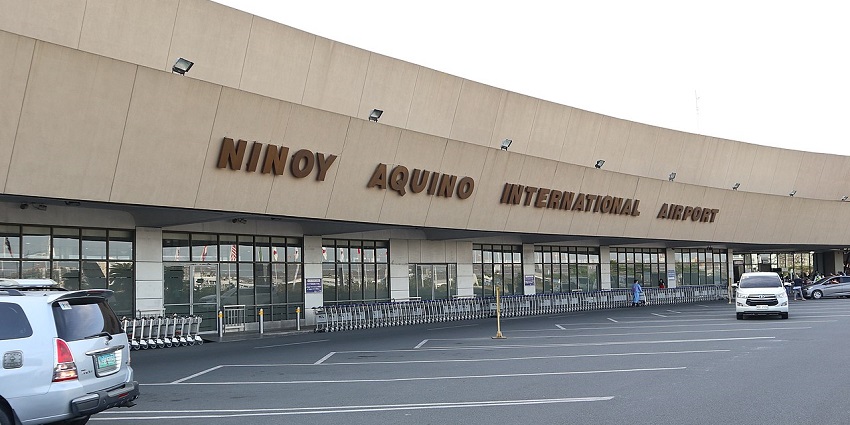
Photo: patrickroque01 / Wikipedia
Manila is well-connected by air, rail, and road, making it easy to access from anywhere in the country and abroad:
By Air: Ninoy Aquino International Airport (NAIA) is the main gateway, located 7 km south of the city centre.
By Rail: The Philippine National Railways (PNR service Manila) is a major connecting link with stations such as the Tutuban and Pasay stations.
By Road: Buses, jeepneys, and taxis operate throughout the city and can take you to various parts of Manila from neighbouring provinces.
Manila City Guide: Best Places To Visit
This Manila City Guide is brimming with historic sites, cultural landmarks, and modern attractions. Let’s have a look:
1. Rizal Park
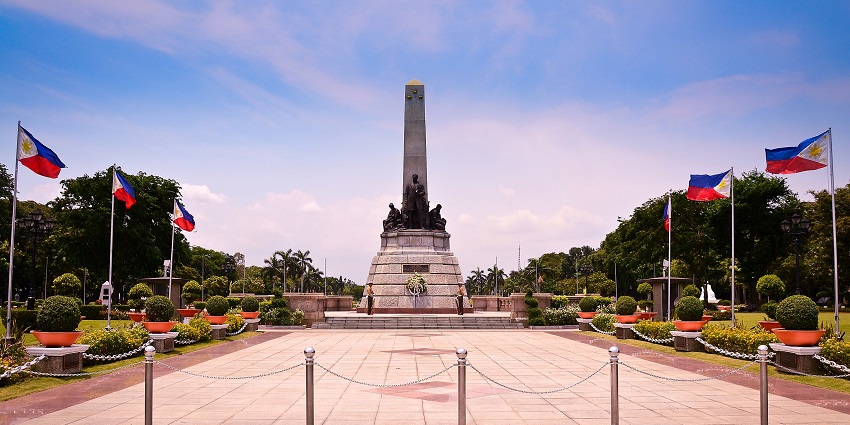
Photo: Richard Kissling / Wikimedia Commons
A historic park dedicated to the Philippine national hero, Jose Rizal, Rizal Park offers a peaceful escape from the city. With its beautiful gardens, monuments, and central lagoon, the park serves as a tribute to the country’s past and present. The Rizal Monument in the park’s heart marks the execution site of Rizal, sparking the Philippine Revolution against Spain. Our Manila city guide recommends visiting early in the morning or late in the afternoon to enjoy cooler temperatures.
Distance From Nearest Airport: Approximately 10 km (Ninoy Aquino International Airport)
Distance From Nearest Railway Station: About 2 km (LRT United Nations Station)
Timings: Open daily from 5 AM – 9 PM
Suggested Read: The Best Things To Do In Manila Philippines For History Buffs And Foodies
2. Fort Santiago
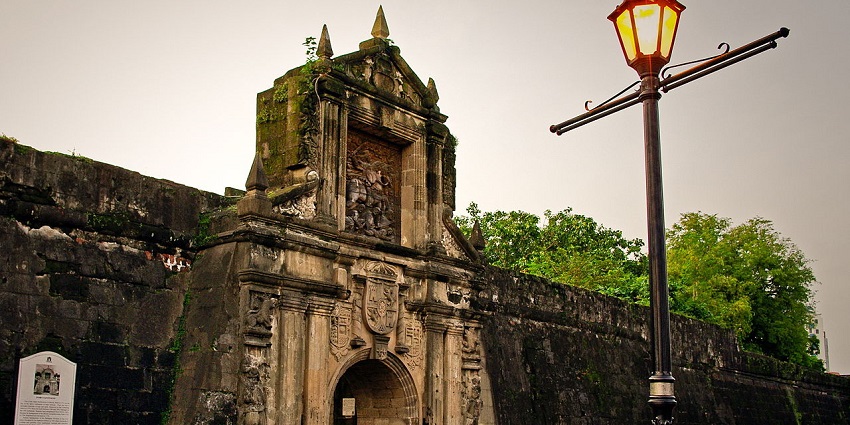
Photo: Leoviernes1 / Wikimedia Commons
Fort Santiago, located in the historic district of Intramuros, is a must-see for history enthusiasts exploring Manila. Built during the Spanish colonial era, this iconic fortress stands as a testament to the city’s past. Fort Santiago features the Rizal Shrine, a museum dedicated to Jose Rizal, the Philippines’ national hero. A significant highlight in every Manila city guide, visitors can explore the fort’s ancient walls, gates, and dungeons, which tell stories of Manila’s colonial history.
Distance From Nearest Airport: Approximately 10 km (Ninoy Aquino International Airport)
Distance From Nearest Railway Station: About 1 km (LRT Central Terminal Station)
Timings: Open daily from 8 AM – 9 PM
3. Manila Ocean Park
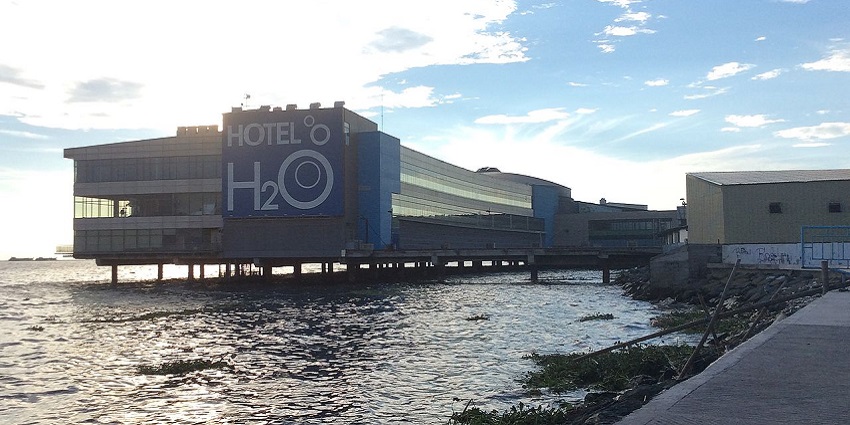
Photo: Hariboneagle927 / Wikimedia Commons
Manila Ocean Park is a must-visit attraction for families and nature lovers, offering a mix of education and entertainment. This world-class oceanarium shows diverse marine life through fascinating exhibits and interactive experiences. Visitors can explore underwater tunnels, watch exciting animal shows, and learn about marine conservation. As a highlight of this Manila city guide, the park also features unique activities such as fish spa therapy and feeding sessions, making it a fun destination for all ages.
Distance From Nearest Airport: Approximately 11 km (Ninoy Aquino International Airport)
Distance From Nearest Railway Station: About 3 km (LRT United Nations Station)
Timings: 10 AM – 8 PM
Suggested Read: Things To Do In Philippines
4. San Agustin Church
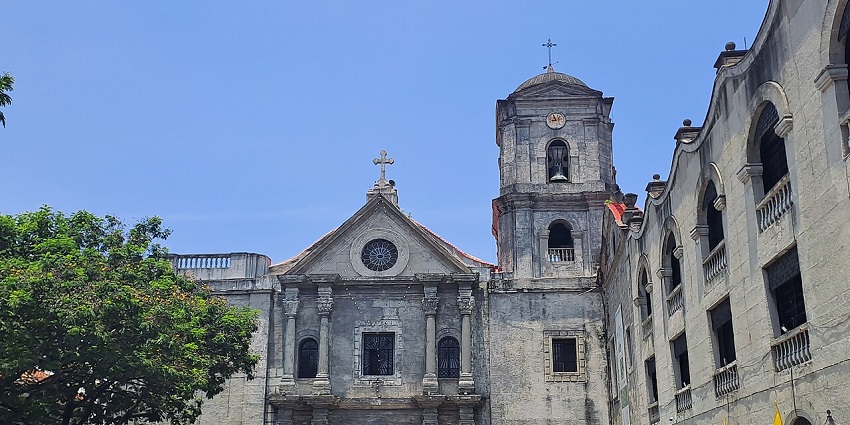
Photo: LMP 2001 / Wikimedia Commons
San Agustin Church, a UNESCO World Heritage Site, is a stunning example of Baroque architecture with great historical importance. Built during the Spanish era, it is one of the oldest stone churches in the Philippines. Its detailed interiors, carvings, and grand ceilings show exceptional craftsmanship and artistry. As highlighted in the Manila city guide, a visit to San Agustin Church is a journey through history. It offers insight into the country’s cultural and religious heritage.
Distance From Nearest Airport: Approximately 10 km (Ninoy Aquino International Airport)
Distance From Nearest Railway Station: About 1 km (LRT Central Terminal Station)
Timings: 9 AM – 5 PM; closed on Mondays
5. National Museum Complex
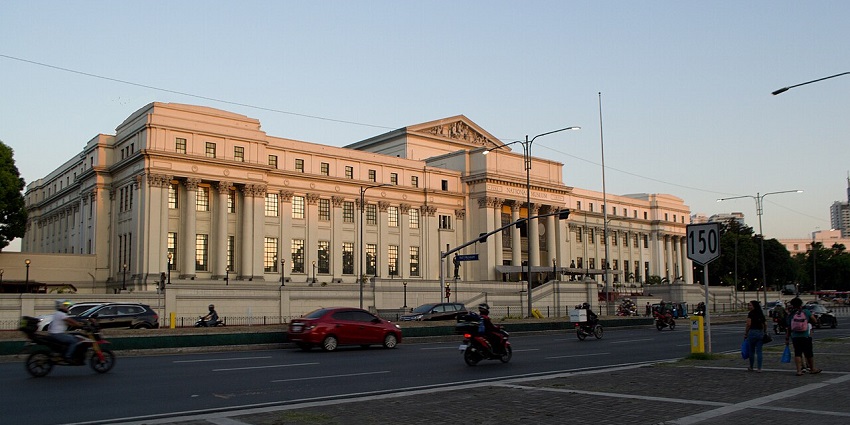
Photo: PhiliptheNumber1 / Wikimedia Commons
The National Museum Complex in Manila is home to several museums that showcase the rich history and culture of the Philippines. Visitors can explore the National Museum of Fine Arts, the National Museum of Anthropology, and the National Museum of Natural History. The Manila City Guide highlights this complex as the perfect place for anyone interested in learning more about Filipino heritage.
Distance From Nearest Airport: Approximately 10 km (Ninoy Aquino International Airport)
Distance From Nearest Railway Station: About 2 km (LRT United Nations Station)
Timings: 10 AM – 5 PM; closed on Mondays
Suggested Read: Places To Visit In Philippines
Where To Stay
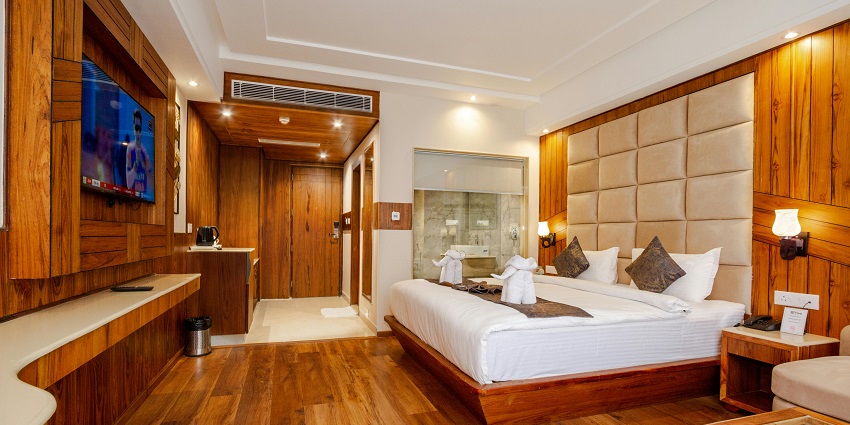
Photo: SVH Manali / Pexels / Image For Representation Only
For those looking to stay in the heart of the city, the Manila tourist guide recommends Raffles Makati. This is an elegant hotel with spacious suites and stunning city views. Another great option is Discovery Primea, offering modern accommodations and top-notch amenities. In Bonifacio Global City, Grand Hyatt Manila provides luxurious rooms and easy access to entertainment districts. Lastly, Okada Manila, a Forbes 5-star destination, combines hospitality with entertainment across a vast area. This makes it a perfect choice for travellers seeking comfort and excitement.
Where To Eat
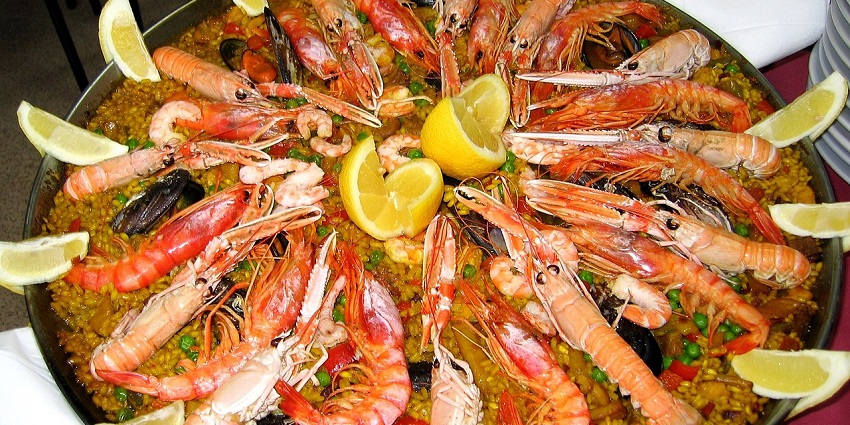
Photo: Manuel M. Vicente / Wikimedia Commons / Image For Representation Only
Manila offers a wide variety of dining options, from street food to high-end restaurants. For an upscale experience, visit Antonio’s, known for its exquisite dishes and posh ambience. If you’re in the mood for Filipino-Spanish cuisine, Illustrado in Intramuros is a must-try, offering a beautiful culinary narrative. For casual dining, check out Red Baron Ribs & Steaks, where meat lovers can indulge in delicious ribs and steaks. Exploring these spots will surely enhance your culinary adventure in Manila!
Suggested Read: Popular Things To Do In Cebu
Best Time To Visit
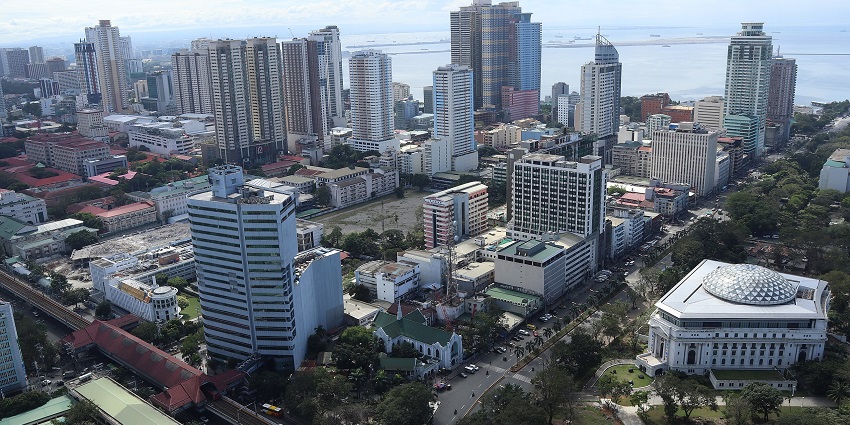
Photo: Patrickroque01 / Wikimedia Commons / Image For Representation Only
The best time to visit Manila is during the dry season, from November to April. According to the Manila city guide, this period offers pleasant weather, perfect for sightseeing and exploring the city’s top attractions. The temperatures are more comfortable, and rainfall is minimal, making it ideal for outdoor activities. However, it’s best to avoid the peak tourist season around Christmas and New Year, as the city can get crowded with both locals and tourists.
Tips For Travellers
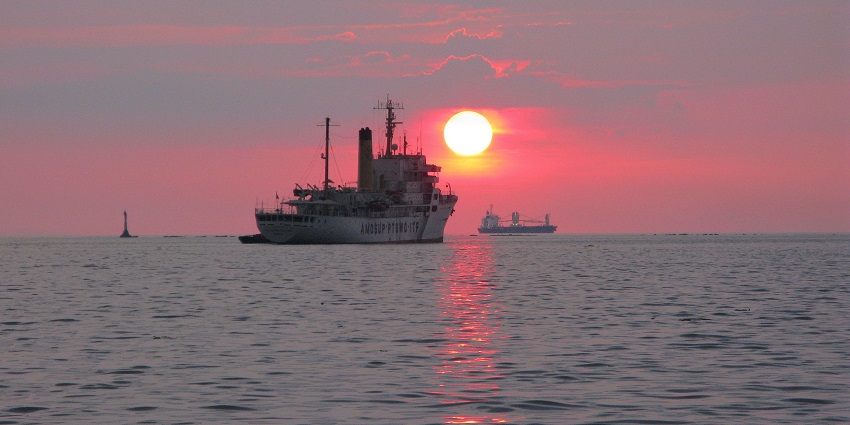
Photo: Vyacheslav Argenberg / Wikimedia Commons
- Manila is a busy city, so be prepared for heavy traffic.
- Public transportation is available, but it’s advisable to use taxis or rideshare apps for comfort.
- Always carry cash, as not all places accept cards.
- Be cautious of your belongings in crowded areas.
- Learn basic Filipino phrases for a more immersive experience.
Suggested Read: Hidden Beaches In Cebu For A Relaxing Seaside Holiday
This Manila city guide is your gateway to a mix of history, culture, and modern attractions. From the iconic Rizal Park to the National Museum Complex and lively nightlife, there’s something for everyone. Whether you’re a history buff, a culture enthusiast, or just looking for fun, Manila has it all. To make your trip even better, book with TripXL’s exclusive Manila packages, allowing you to explore the city at your own pace.


 WhatsApp
WhatsApp
 Twitter
Twitter









